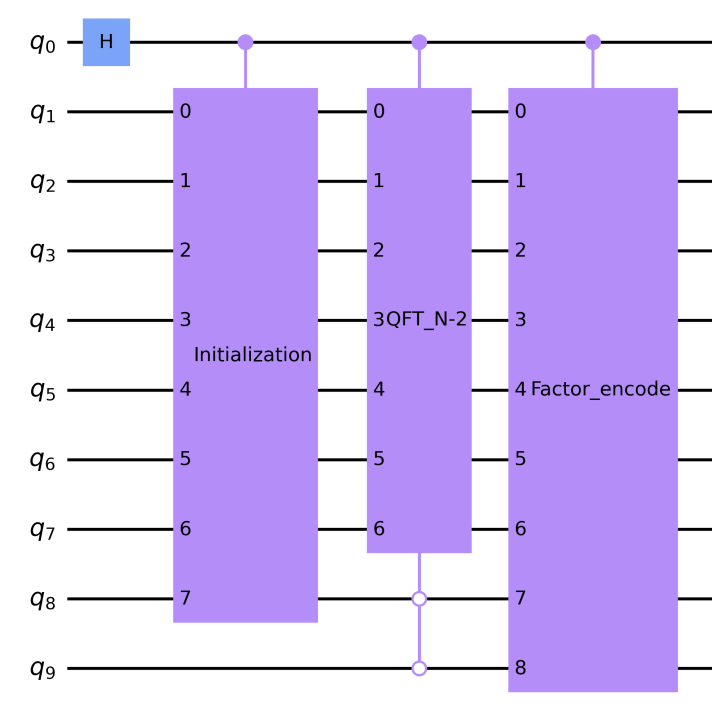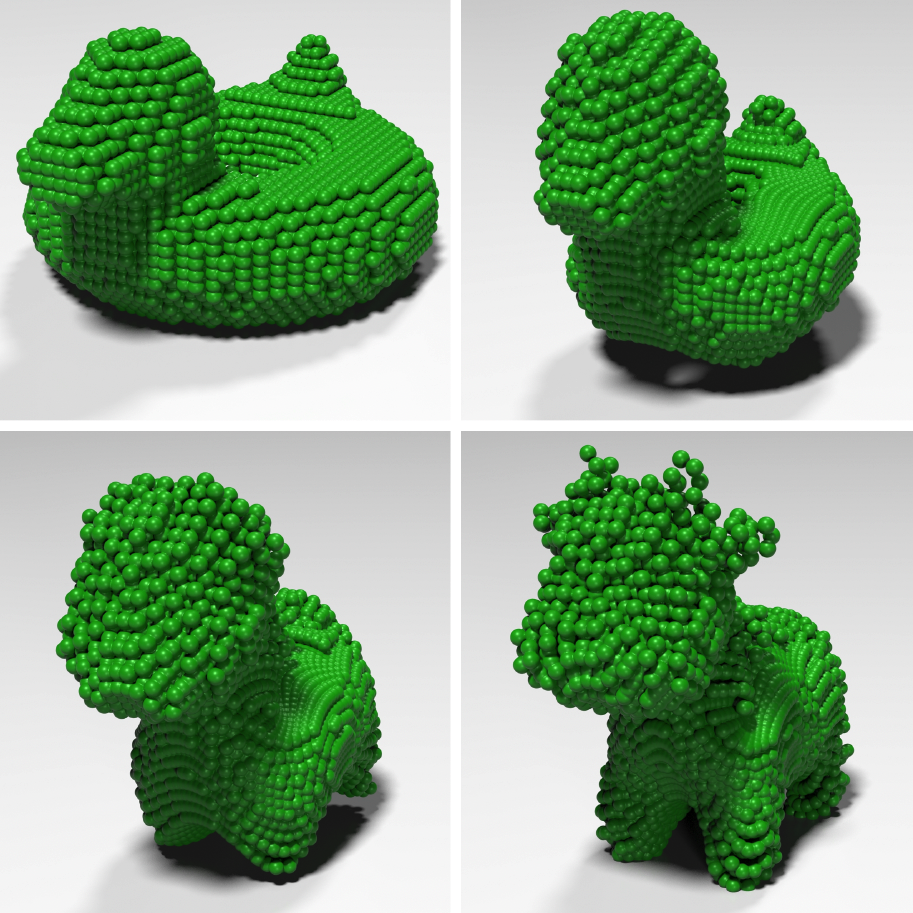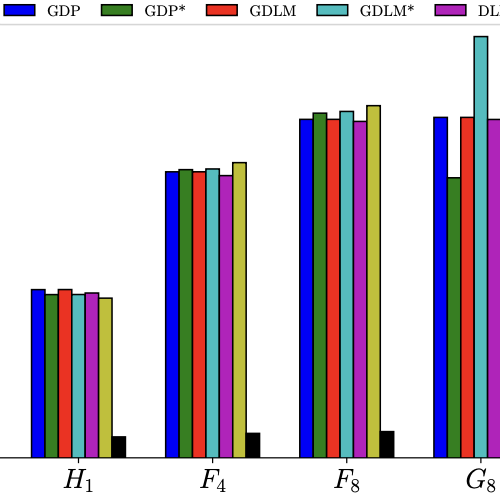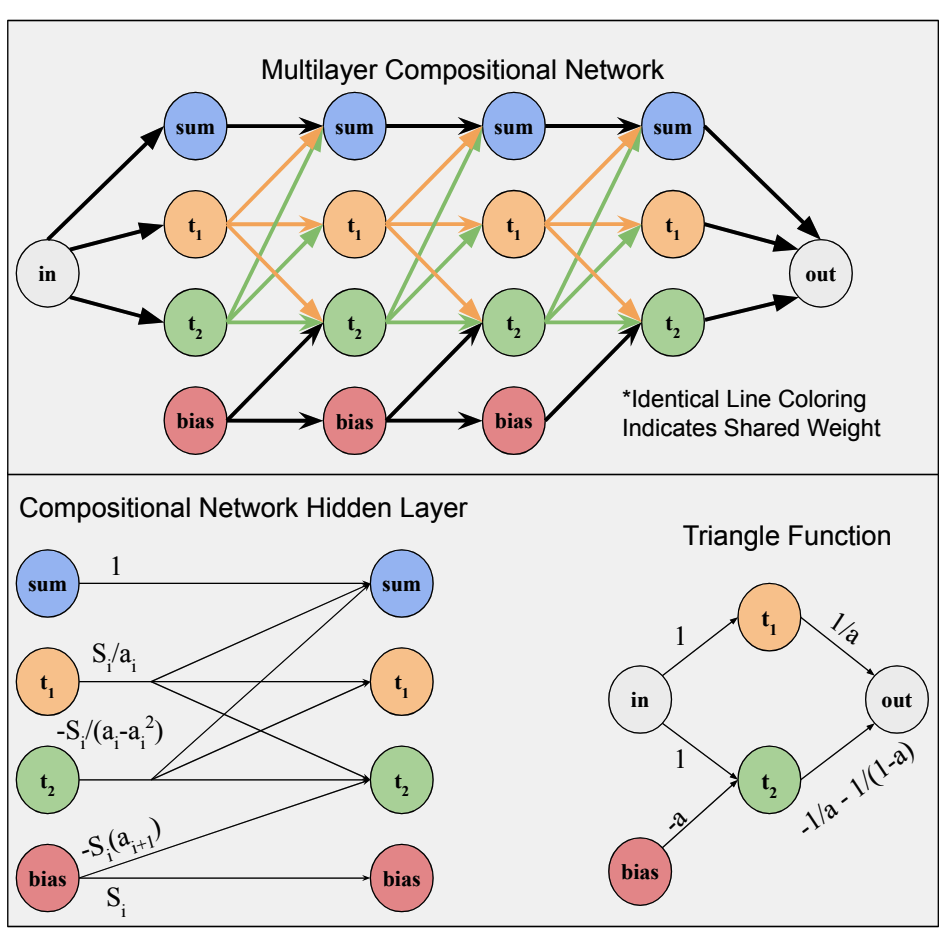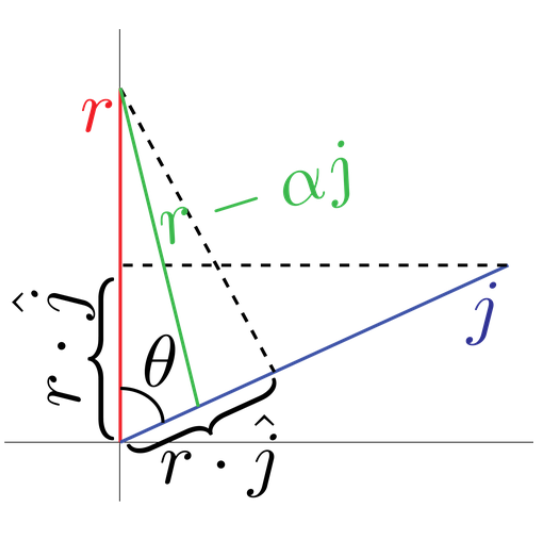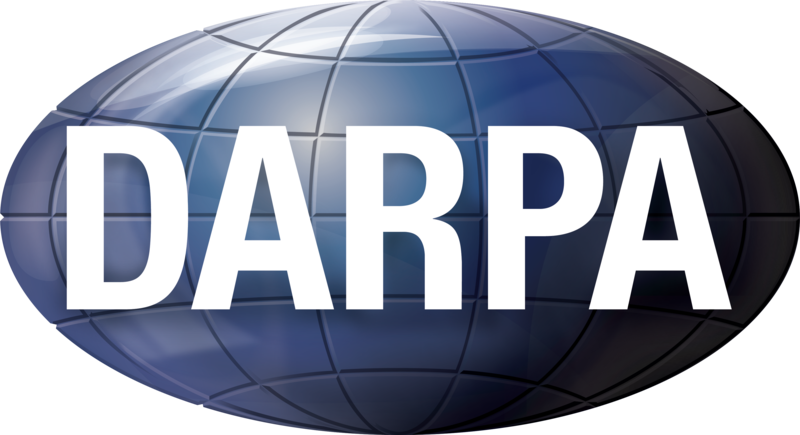Publications
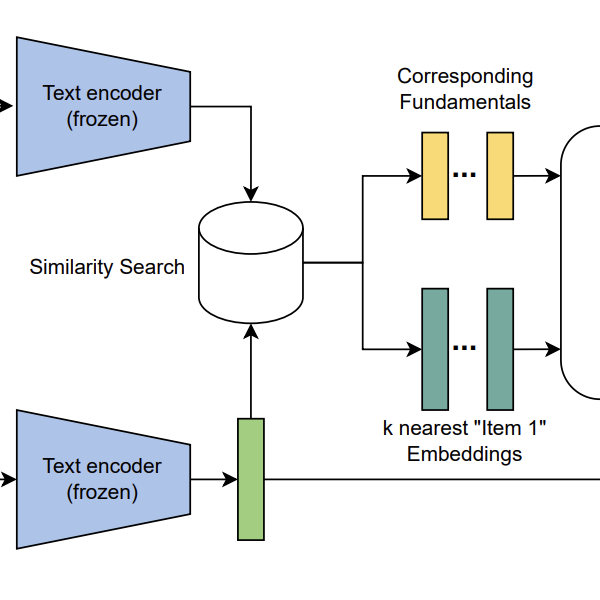
2024 IEEE International Conference on Big Data (BigData), 2024
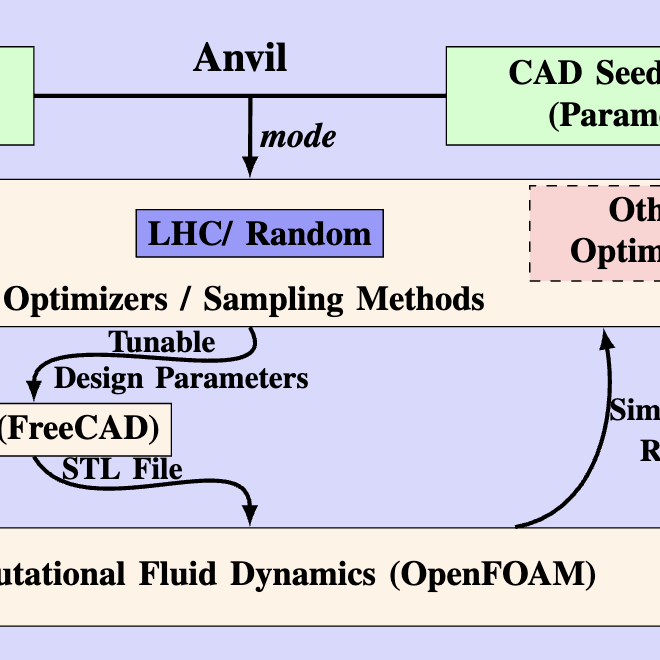
Anvil: An integration of artificial intelligence, sampling techniques, and a combined CAD-CFD tool
Proceedings of the Sixth Workshop on Design Automation for CPS and IoT (DESTION 2024), 2024
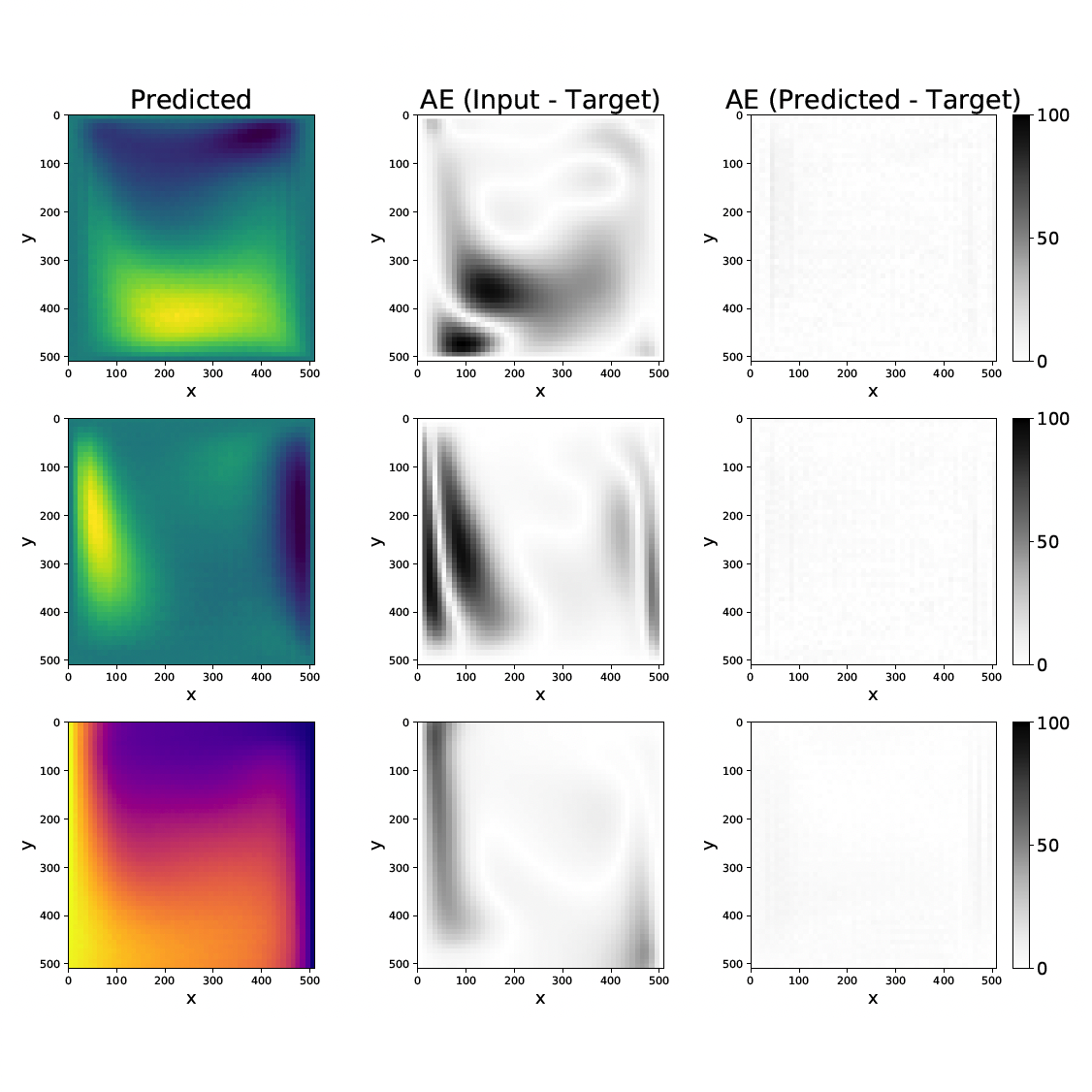
Toward Improving Boussinesq Flow Simulations by Learning with Compressible Flow
PASC '24: Proceedings of the Platform for Advanced Scientific Computing Conference, 2024
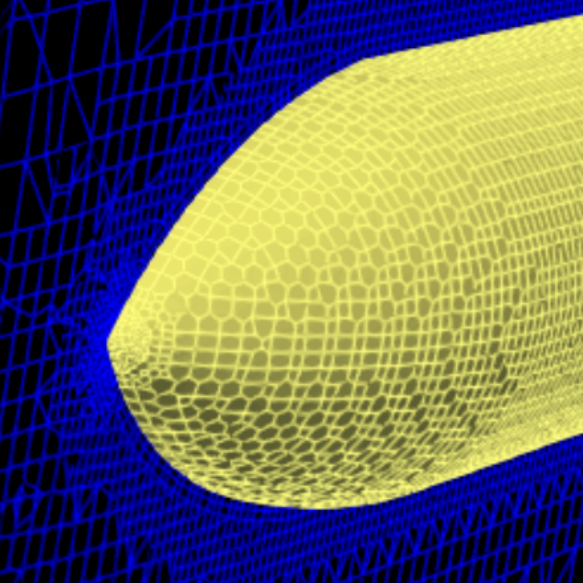
Sample-Efficient and Surrogate-Based Design Optimization of Underwater Vehicle Hulls
Ocean Engineering, 2024-11
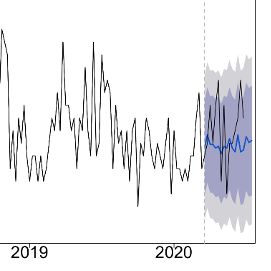
The Pandemic did not Interrupt LA's Violence Interrupters
Journal of Aggression, Conflict and Peace Research, 2022

A Deep Conjugate Direction Method for Iteratively Solving Linear Systems
Proceedings of the 40th International Conference on Machine Learning, 2023
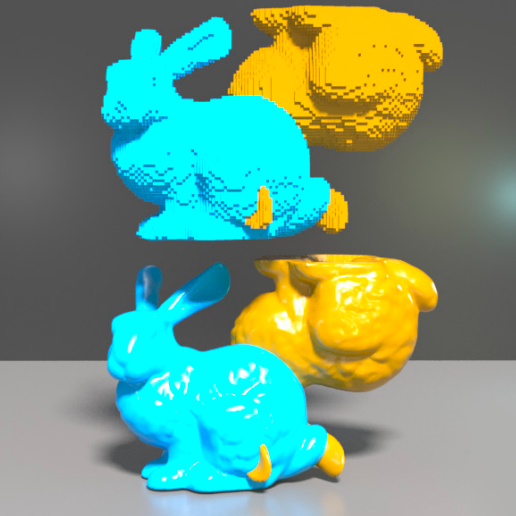
A Robust Grid-Based Meshing Algorithm for Embedding Self-Intersecting Surfaces
Computer Graphics Forum, 2023
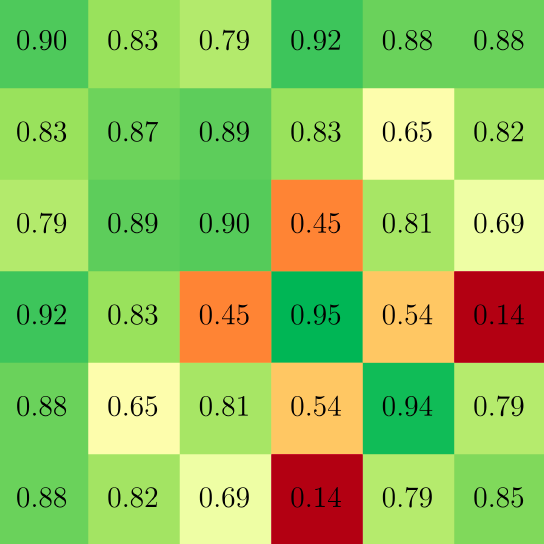
Cross-Technology Innovation Trends and Evidence with Patent and Funding Data
World Patent Information, 2022

ACM TOG (SIGGRAPH 2021 Technical Papers), 2021
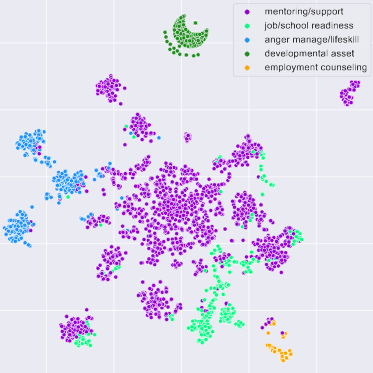
Emotion Classification and Textual Clustering Techniques for Gang Intervention Data
Data Science for Smart and Connected Communities Workshop, IEEE Big Data, 2020
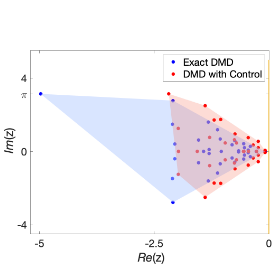
Analyzing Effectiveness of Gang Interventions using Koopman Operator Theory
Data Science for Smart and Connected Communities Workshop, IEEE Big Data, 2020
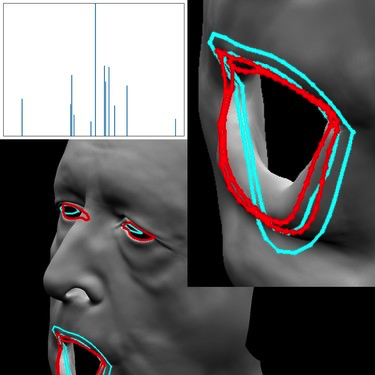
On Obtaining Sparse Semantic Solutions for Inverse Problems, Control, and Neural Network Training
Journal of Computational Physics, 2021

An Implicit Updated Lagrangian Formulation for Liquids with Large Surface Energy
ACM TOG (SIGGRAPH Asia 2020 Technical Papers), 2020

Computer Graphics Forum (Proceedings of the ACM SIGGRAPH / Eurographics Symposium on Computer Animation 2020 (SCA 2020)), 2020

Assessing the Effects of Failure Alerts on Transitions of Control from Autonomous Driving Systems
Proceedings of the 2020 IEEE Intelligent Vehicles Symposium (IV 2020), 2020-10

Proceedings of the 2020 ACM SIGCHI Conference on Human Factors in Computing Systems, 2020
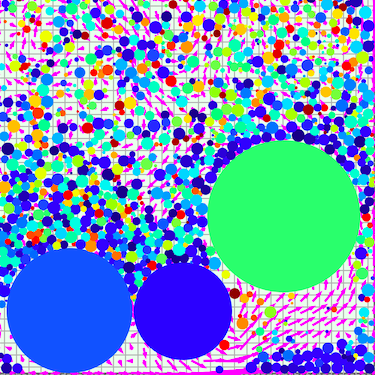
A Unified Approach to Monolithic Solid-Fluid Coupling of Sub-Grid and More Resolved Solids
Journal of Computational Physics, 2019-08
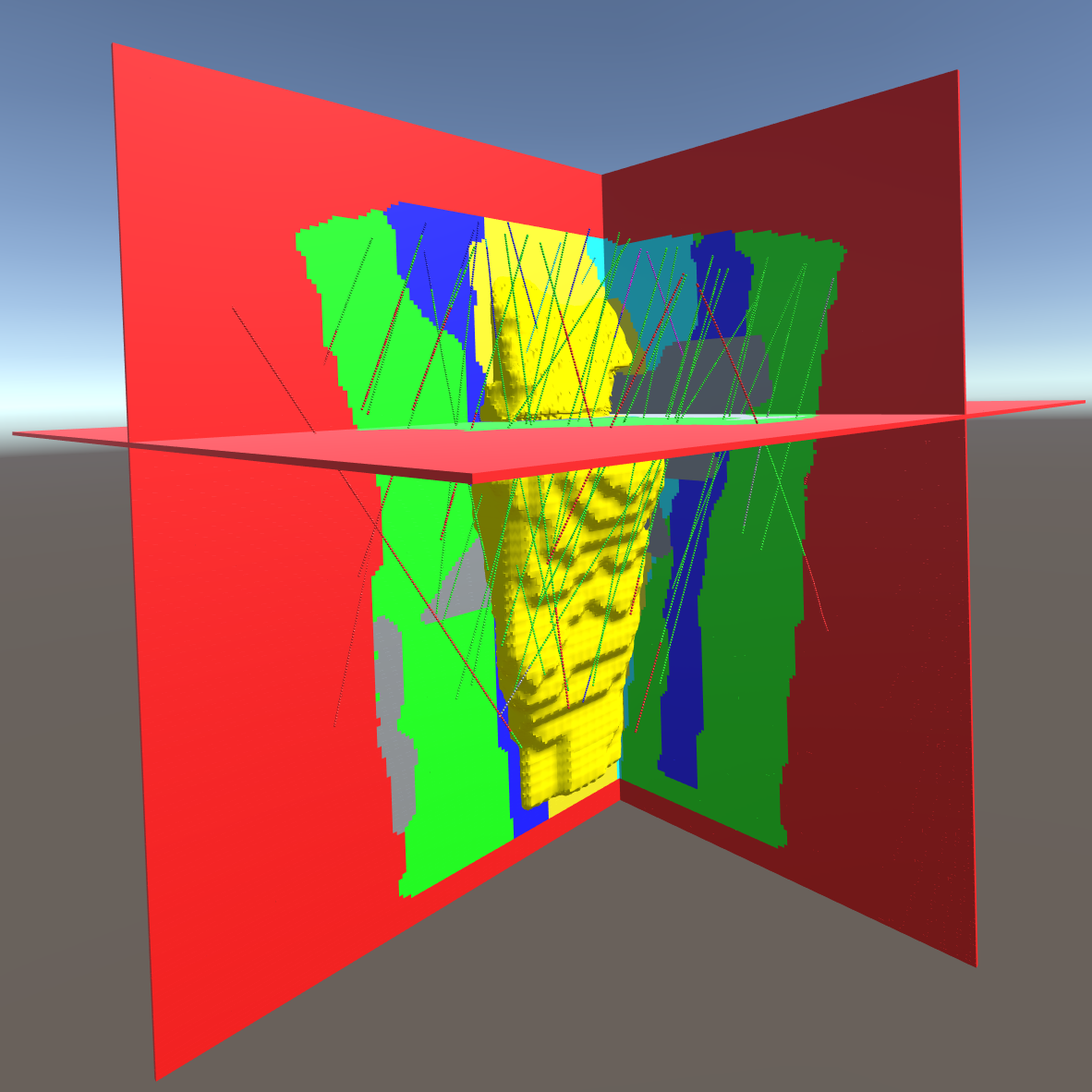
VRGE: An Immersive Visualization Application for the Geosciences
Proceedings of the 2018 IEEE Conference on Scientific Visualization (SciVis '18), 2018
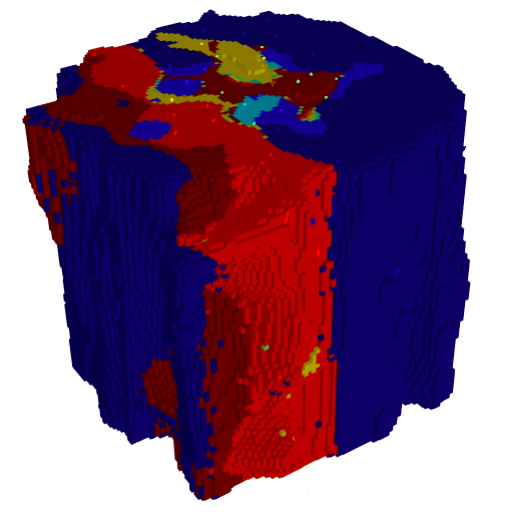
Computers and Geosciences, 2019-01
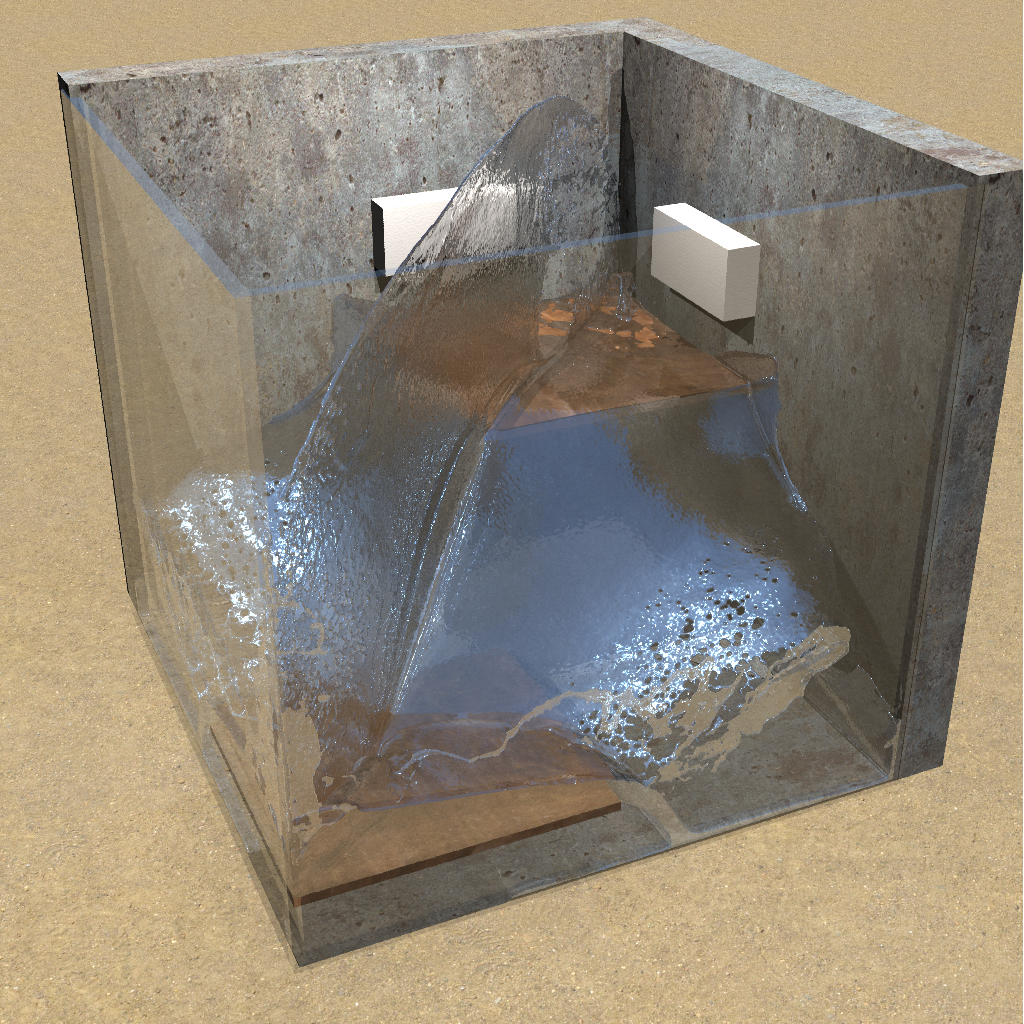
Distributing and Load Balancing Sparse Fluid Simulations
Computer Graphics Forum (Proceedings of the ACM SIGGRAPH / Eurographics Symposium on Computer Animation 2018 (SCA 2018)), 2018
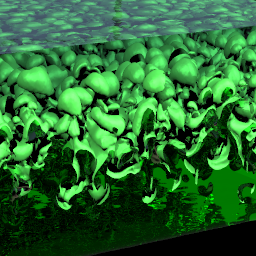
Sharp Interface Approaches and Deep Learning Techniques for Multiphase Flows
Journal of Computational Physics, 2019
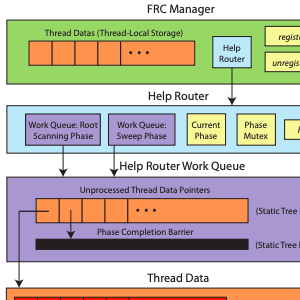
FRC: A High-Performance Concurrent Parallel Deferred Reference Counter for C++
Proceedings of the 2018 ACM SIGPLAN International Symposium on Memory Management (ISMM '18), 2018
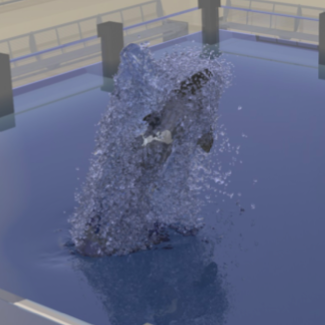
A Robust Volume Conserving Method for Character-Water Interaction
Proceedings of the ACM SIGGRAPH / Eurographics Symposium on Computer Animation 2019 (SCA 2019), 2019
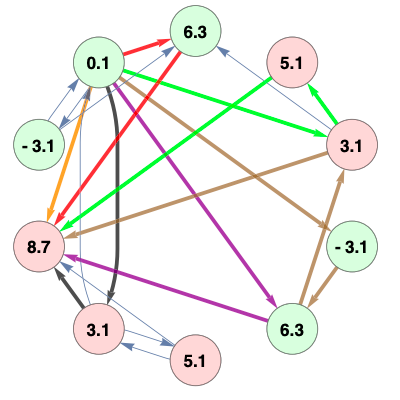
Knotting Fingerprints Resolve Knot Complexity and Knotting Pathways in Ideal Knots
Journal of Physics: Condensed Matter (Special Issue on Knots), 2015
